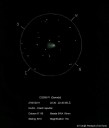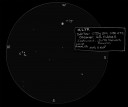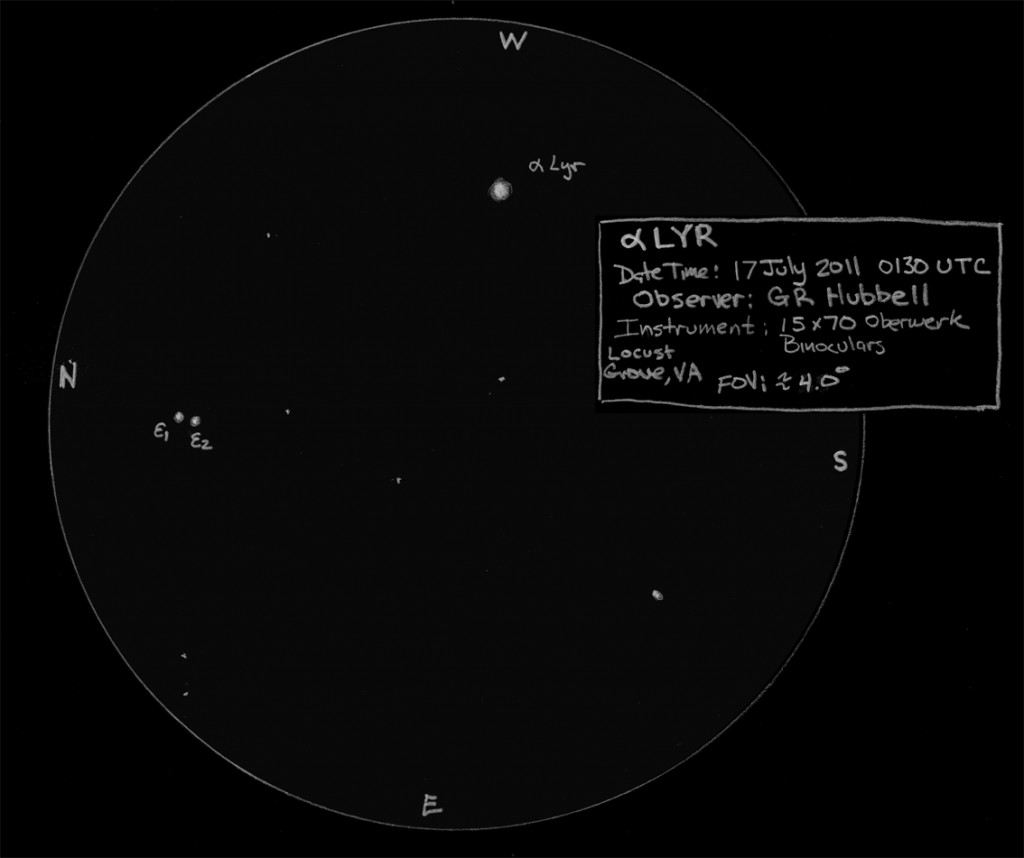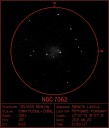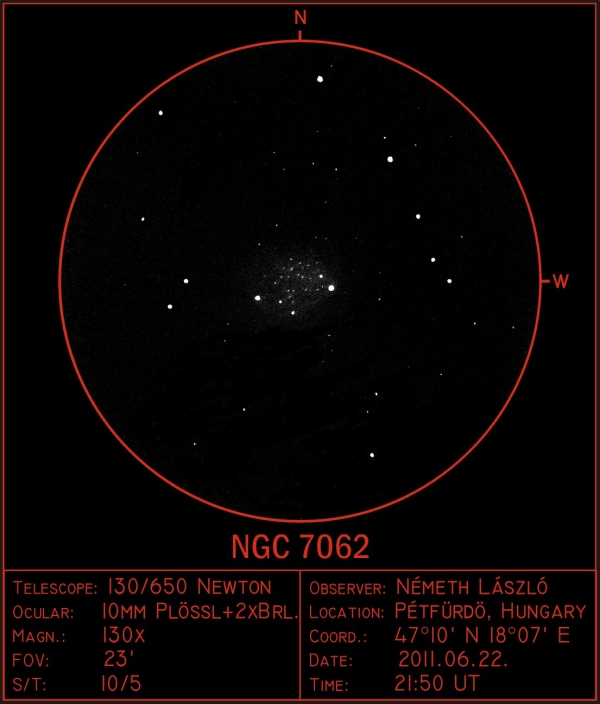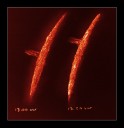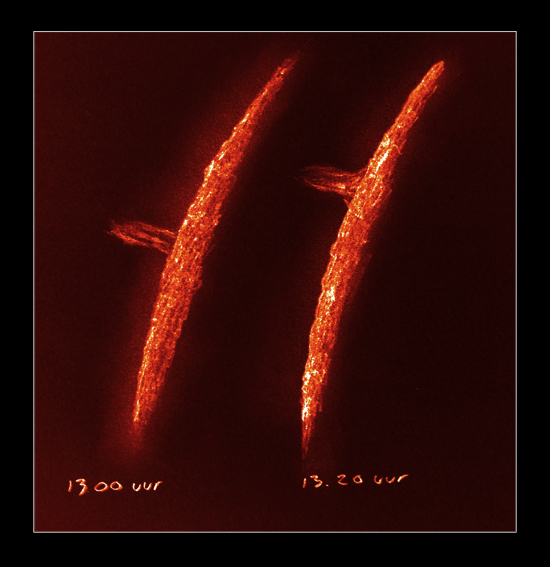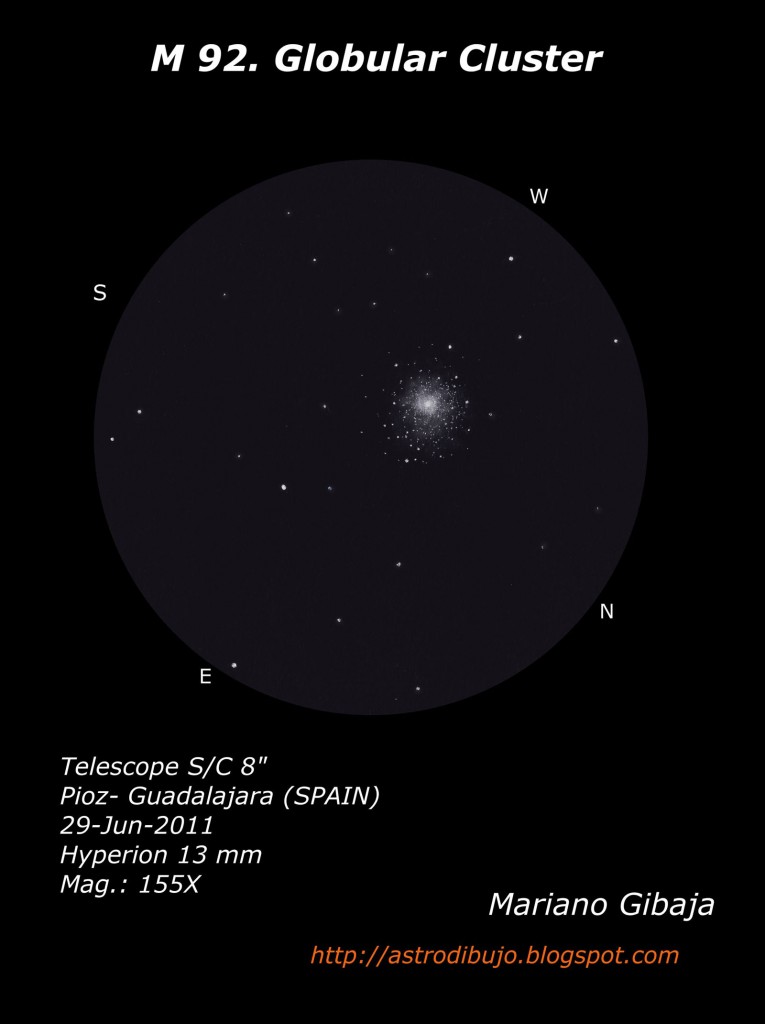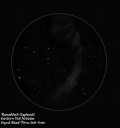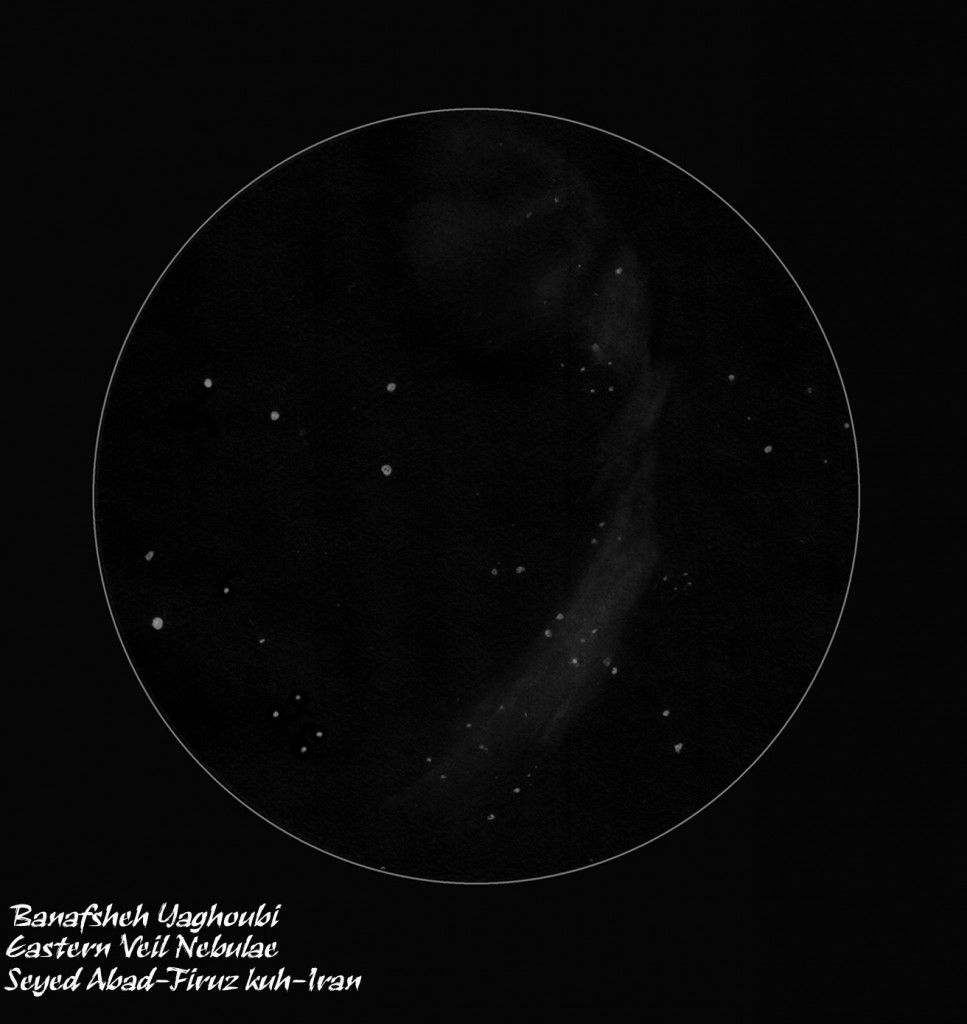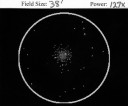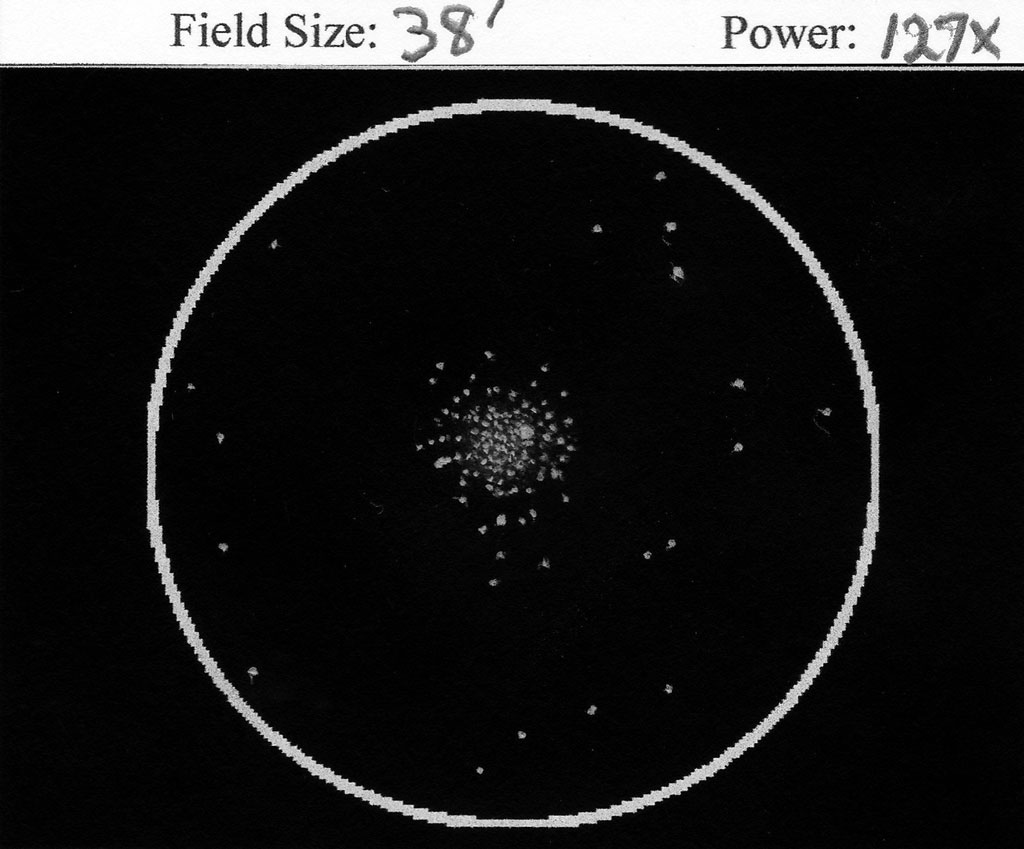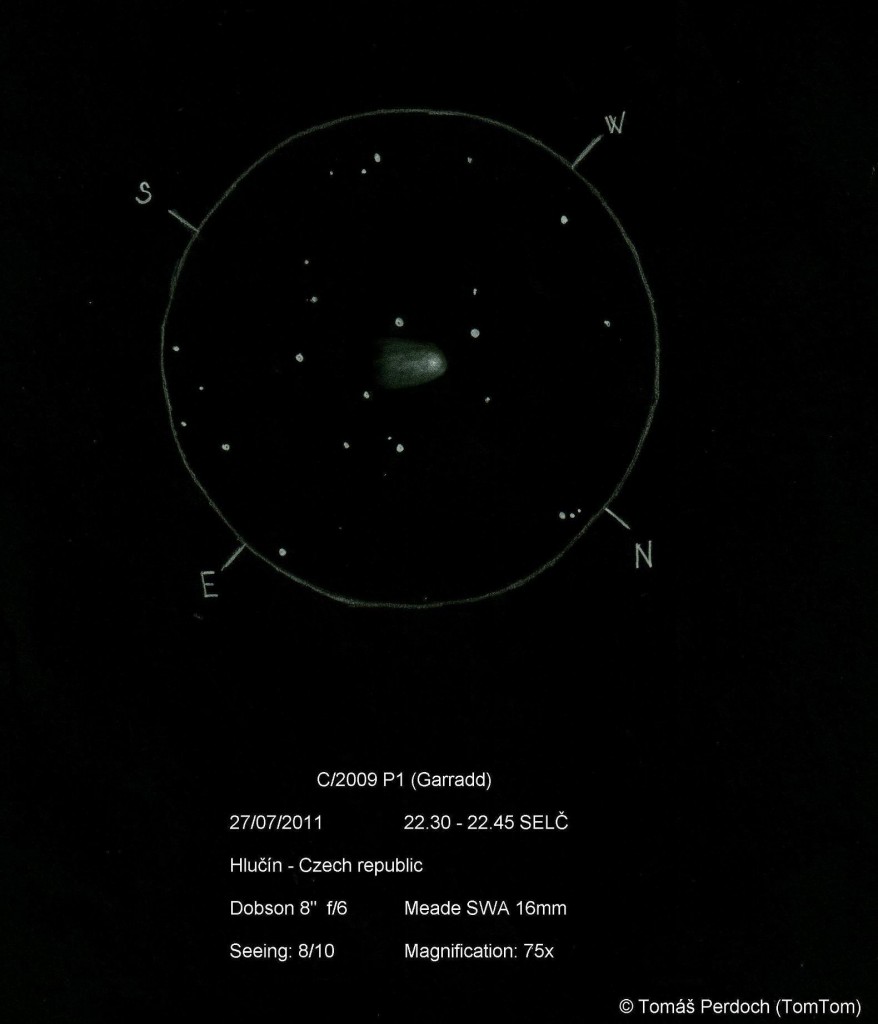
Good morning,
I sketched Garradd last Wednesday. It is my first sketch of comet.
Garradd – Tom Perdoch
C/2009 P1 (Garradd)
Comet
Hlucin (CZ)
27/07/2011 _ 22.30 – 22.45
Pencil on white paper – inverted in Photoshop
It’s my first sketch of comet in my life. I saw this comet first time. I use Dobson 8″ and Meade 16mm SWA. It was first good night in July. I hope it won’t be the last sketch of this comet.
